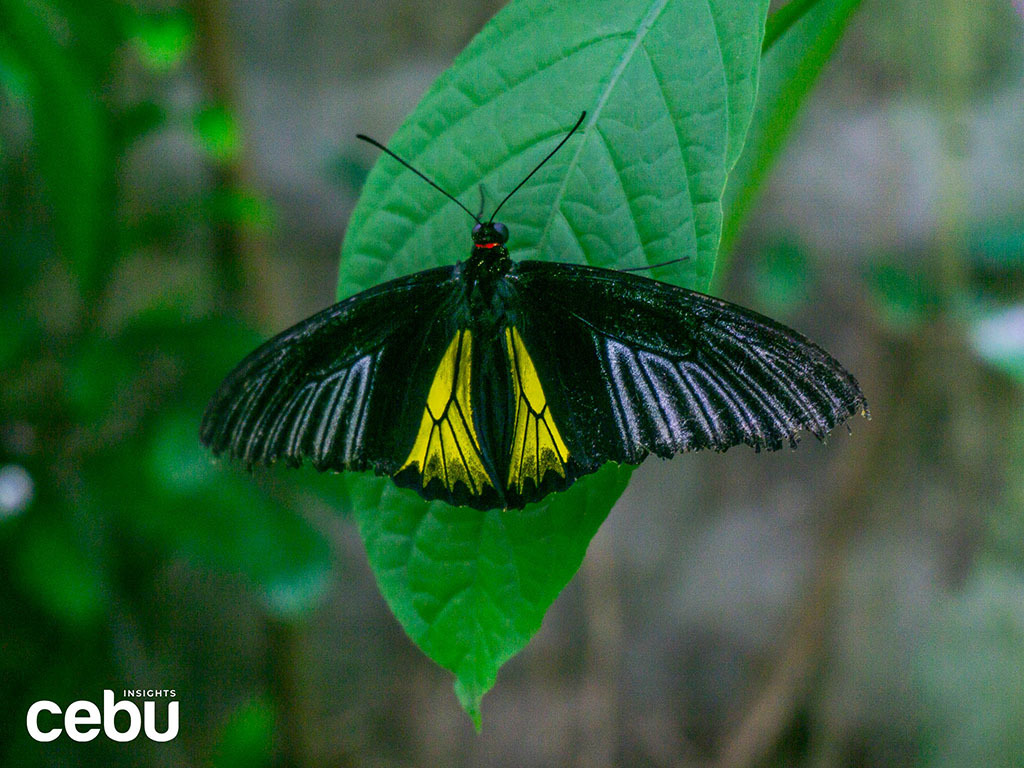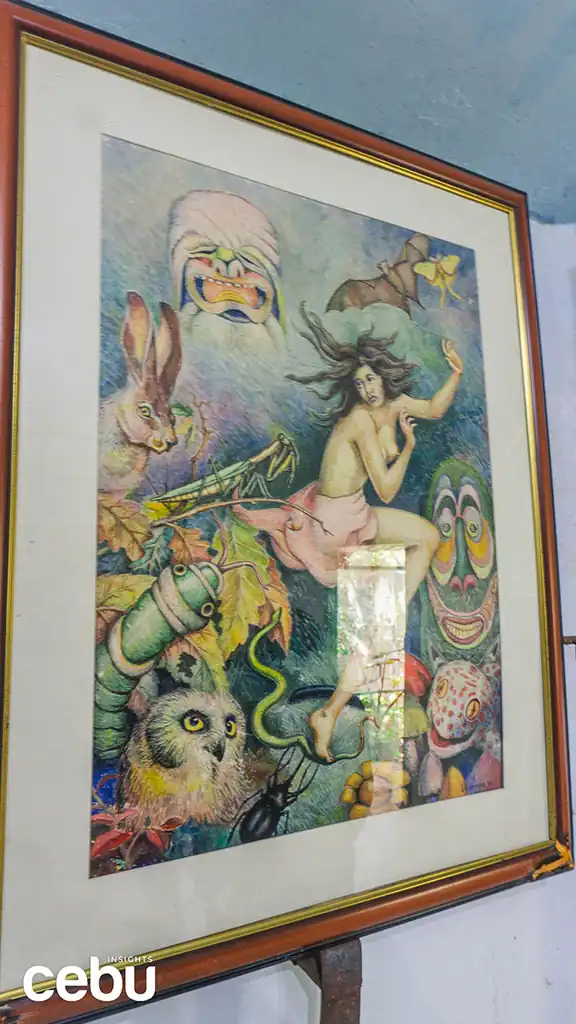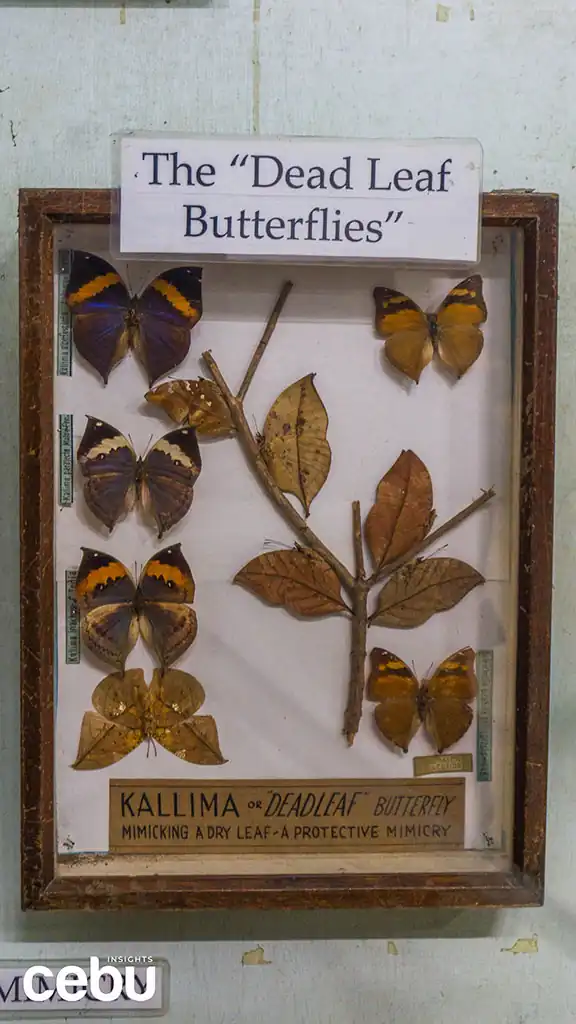Are you a fan of butterflies? Visit the Jumalon Butterfly Sanctuary today!
Butterflies are beautiful creatures that symbolize transformation or a new life. With their eye-popping colorful wings and majestic movement, being around them can feel like you’re in a fairy tale movie or dream.
You don’t really see butterflies every day, but in Cebu, you can witness them out in the open at the Jumalon Butterfly Sanctuary. Located in Basak, this serves as a habitat for butterflies to frolic and be preserved for many years.
There are 54 different types of butterflies you can find at this botanical garden.
The butterfly sanctuary houses 54 different types of butterflies and a hundred fruit plants, all in a 1,460 square-meter botanical garden. It is also a breeding hub, so expect to find a few caterpillars and pupae around the bushes.
Aside from its spacious garden, it also has a museum of antiques and souvenirs, as well as an art gallery of paintings made with a particularly unique art form.
ORIGINS
The sanctuary was made by Cebuano painter and lepidopterist Julian Jumalon.
This butterfly sanctuary was named after Cebuano painter Julian Jumalon, the first Cebuano to graduate with a degree in Fine Arts at the University of the Philippines.
Julian was trained by prominent Filipino artists Fernando Amorsolo and Guillermo Tolentino, gaining special expertise in oil paintings.
He didn’t stop there, though. For several decades, he dabbled in other forms of art such as silk-screen poster making, sculpting, and designing post stamps.
He even designed money for the Philippine government in the 1940s during World War II. Unfortunately, they had to be burned or hidden from Japanese forces.
Some of them are still intact today and are stored in their gallery. Others were put on display in the Japanese-American war area of Museo Sugbo.

However, his biggest contribution to arts in the Philippines was inventing the lepido-mosaic, a painting made up entirely of butterfly wings.
This stemmed from Julian’s fondness for Lepidopterology, which is the study of butterflies and moths. For years, he collected many species of butterflies all around Cebu, even discovering 30 new species that now bear his name.
Julian has made many mosaics throughout the years, including one of Pope John Paul II, which served as a gift for when he visited Cebu.
He amassed the biggest butterfly collection in the Philippines, which he eventually used to create the Butterfly Sanctuary in the 1970s. This garden aims to bring more awareness to these creatures, especially since they have slowly dwindled in Cebu.
The sanctuary is now a popular field trip spot for children to learn about the life cycle and preservation of butterflies. This isn’t only a place that students can enjoy though, as adults would also take delight in witnessing these elusive creatures for themselves.
In 2000, Julian Jumalon was named one of the 100 Most Prominent Cebuanos of the Century by the Historical Association of Cebu and the Cebuano Studies Center of the University of San Carlos.
His legacy is cemented in history as you pass by the street going to the butterfly sanctuary, which they named Jumalon Street.
The garden is now being managed by Humaida and her brother Osman Jumalon, two of Julian’s children, who also provide informative tours throughout the facility.
WHAT TO SEE IN THE BUTTERFLY SANCTUARY
- Jumalon House
Visitors can learn about the different types of butterflies and moths at the exhibit.
Your tour at the Jumalon Butterfly Sanctuary will begin with a short introduction in front of the house. You will find several caterpillars and pupae ready to hatch, as well as maps of butterflies and where to find them around the world.
The owners will give a short introduction before bringing you to the exhibit inside, which has a dozen frames of dazzling butterflies and moths.
Here you will find the biggest butterfly in the Philippines, the troides magellanus magellanus. You will also see the world’s most expensive butterflies and the most beautiful moths.
The gallery is also filled with collectibles curated by the Jumalons, which include native instruments, weapons, dolls, keychains, and matchboxes. They even have a selection of eggs taken from Crocolandia that are on display.
You will also find a few oil paintings and lepido-mosaics of political figures like Imelda Marcos and Lapu-Lapu at the exhibit that serve as an introduction to Julian Jumalon’s work.
- Art Gallery
The butterfly sanctuary also celebrates the artwork of Cebuano painter Julian Jumalon.
The art gallery is located on the right side of the house, and it contains Julian’s most prominent artworks, from oil paintings to actual silk-screen posters used for social gatherings in Cebu.
Lepido-mosaics are also very prominent at the gallery, with paintings of Pope John Paul II and former US President Lyndon B. Johnson.
Another popular lepido-mosaic is an image of Colon Street in the past. It depicts a time when tartanillas were the main source of public transportation and houses were made up of old materials.
This was such a popular piece that one of his close friends asked him to make an oil painting version of it. A picture of him doing the painting can be seen in the gallery.
At the front of the gallery is a sculpture of the bust of former Senator and Journalist Vicente Sotto, with pictures of his grandfather Tito Sotto, visiting the gallery.
- Garden
Your visit to the butterfly sanctuary would be incomplete without a short walk in their garden.
The last part of the tour is a walk around the spacious garden. You will find several butterflies flying around the sanctuary, surrounded by a dozen plants and fruits that serve as their food.
The place is not completely filled with butterflies, but you will definitely find some of them flying above your head or resting on the flowers and leaves of the different bushes.
You may find other flying insects and grasshoppers around as well.
Humaida Jumalon mentioned that butterflies are attracted to pleasant smells, so try to put on some cologne or use good-smelling soap or shampoo before coming in to see if you can attract them.
You can take photos at the kiosk or with their life size butterfly structure.
Since the sanctuary is also a breeding hub, caterpillars, cocoons, and pupae may be found on the leaves around the garden. Make sure not to hurt them so they can grow and evolve into beautiful butterflies.
At the back of the garden is their hatchery, where you will find frames of beetles, scorpions, and more butterflies, as well as stuffed versions of famous animals in the Philippines like the tarsiers in Bohol.
Right in front of it is a pupae tree, which has several small pupae hanging for visitors to see. It also has some text about the life and works of Julian Jumalon.
The Jumalon Butterfly Sanctuary may not be as famous as other museums, art galleries, or gardens in Cebu, especially since it is located in a secluded area within one of the city’s many neighborhoods.
This magnificent sanctuary gives you the opportunity to witness these beautiful creatures out in the open, free from any danger or harm. Aside from this, you also get to see plenty of lepido-mosaics made by one of Cebu’s most distinguished artists.
Cebu’s biggest butterfly sanctuary needs more love from its people. It is a way to preserve the tiny and elegant creatures, especially because of their abundance around the country.
If you have the time to take a look, book a tour to this dazzling botanical garden and see the beauty of nature before your very eyes.
RATES
Adult: P100
Child: P50
Senior Citizen: P80
HOW TO GET THERE
Exact Location:
Jumalon Street, Barangay Basak, Cebu City
Operating Hours:
9:00 AM – 5:00 PM
JEEPNEY
For public utility jeepneys, ride any jeep going south, such as the ones going to Talisay and Bulacao. Get off at the street right after the flyover near the Total Gas Station in Basak. Your landmark should be Willybel’s Lumpia.
You can then walk to the butterfly sanctuary from there. You just have to go straight until you reach the garden, which has a green gate.
You can park outside if you’re bringing a private vehicle.






























